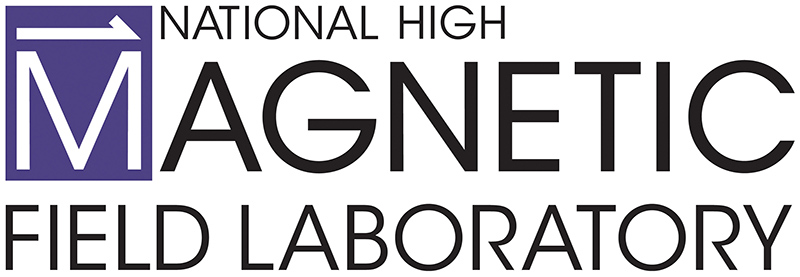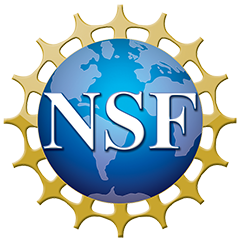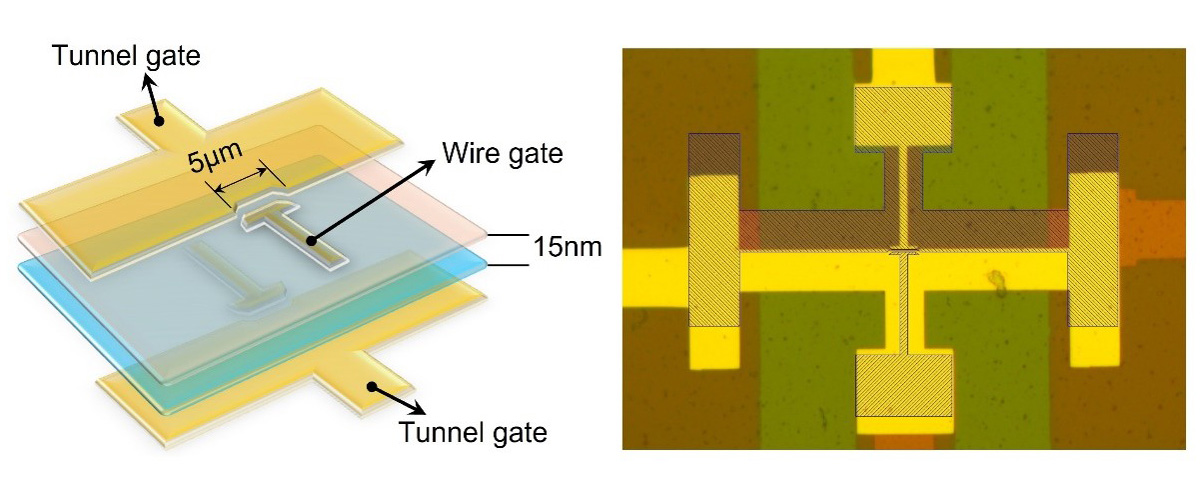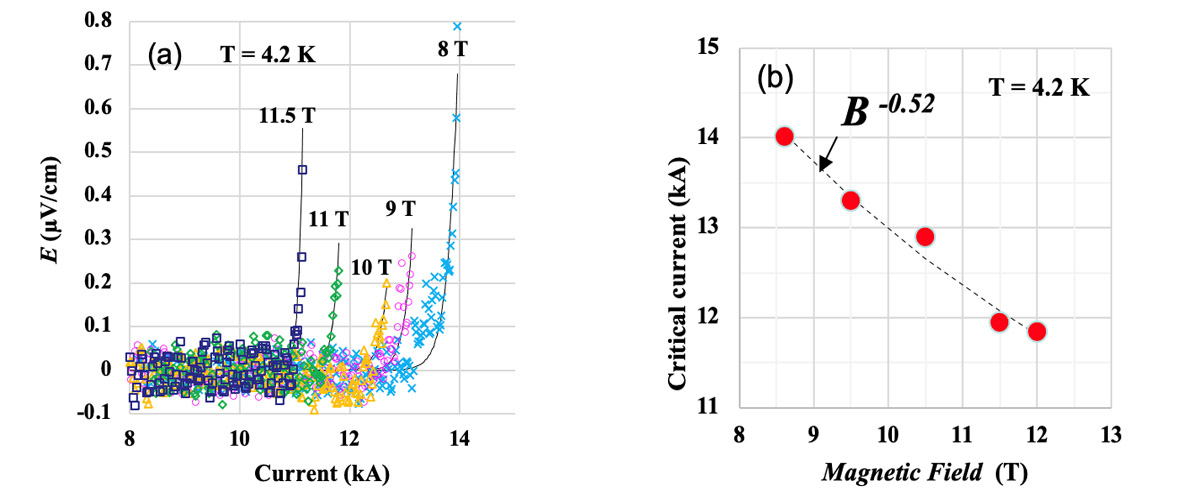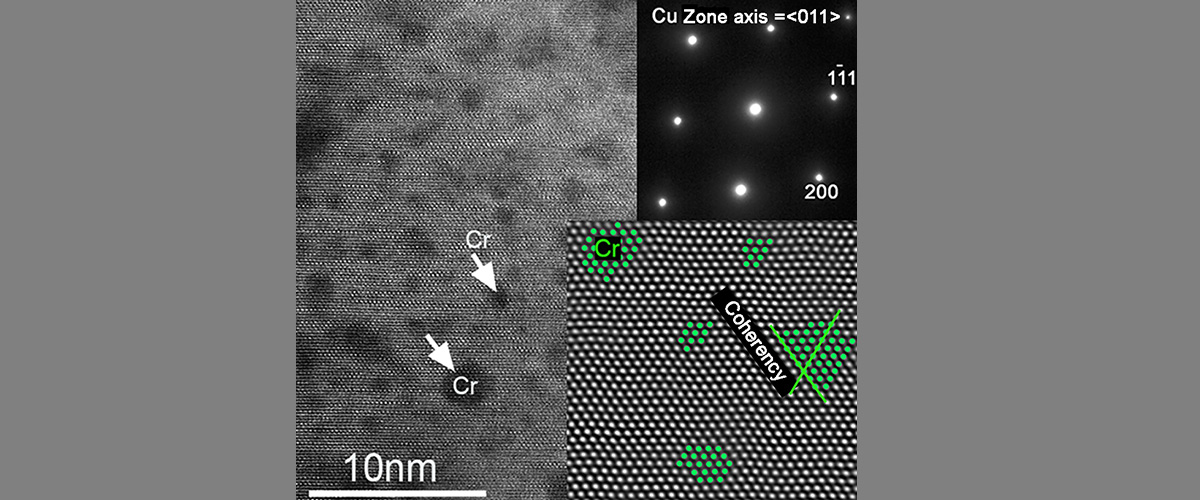What is the finding
Researchers created a tiny, custom-built device to study how electricity flows in wires placed just 15 nanometers apart—about 5,000 times thinner than a human hair. At extremely low temperatures, running current through one wire caused a voltage to appear in the nearby wire, a phenomenon known as Coulomb drag. At large currents, the effect didn’t increase linearly —instead, it rose and fell in a surprising pattern, providing possible constraints for future theoretical descriptions about how electrons behave in one-dimensional systems.
Why is this important?
Measuring how ultra-thin, one-dimensional systems behave is extremely challenging, especially at very low temperatures. This study reveals a new way to measure how strongly electrons interact in these tiny systems which can enable breakthroughs in quantum technology like devices that harvest waste heat, enable new forms of superconductivity, or support more accurate quantum computing.
Who did the research?
Mingyang Zheng1, Rebika Makaju1, Rasul Gazizulin1,2, Alex Levchenko3 S. J. Addamane4 and Dominique Laroche1
1University of Florida; 2NationalMagLab; 3University of Wisconsin–Madison 4Center for Integrated Nanotechnologies, Sandia National Laboratories
Why did they need the MagLab?
This experiment used a special experimental setup available only at the MagLab’s High B/T Facility that combines extremely low electrical noise with ultra-cold temperatures—colder than -459°F (20 millikelvin). These special conditions were essential to detect the delicate quantum signals and interactions that would be impossible to observe elsewhere and sets the stage for future experiments that will use powerful 14-tesla magnetic fields to explore even more quantum effects.
Details for scientists
- View or download the expert-level Science Highlight, Coulomb-induced drag between 1D wires in the nonlinear regime
- Read the full-length publication, Quasi-1D Coulomb drag in the nonlinear regime, in Physical Review Letters
Funding
This research was funded by the following grants: D. Laroche (NSF/DMR-1644779); K. M. Amm (NSF DMR-2128556); A. Levchenko (DMR-2203411)
For more information, contact Mark Meisel.
